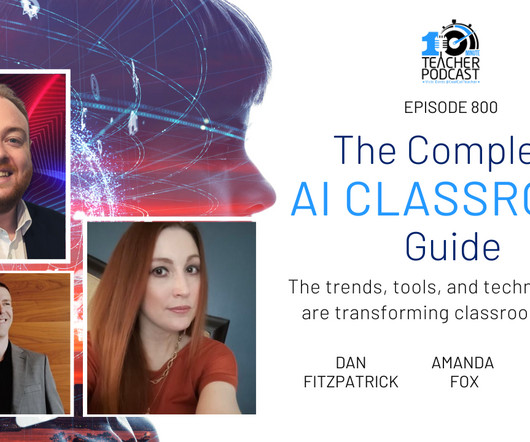A Thinking Person’s Guide to EdTech News (2017 Week 28 & 29 Editions)
Doug Levin
JULY 24, 2017
graduation rates — up to a record 83 percent — and whether it is real or an elaborate scam. Tagged on: July 23, 2017 ED warns schools of another widespread ransomware attack | Future of Ed Tech e-Newsletter → In light of a recent widespread ransomware attack, the U.S. So why do I still want schools to use them? Unified gets a $3.26-million















Let's personalize your content